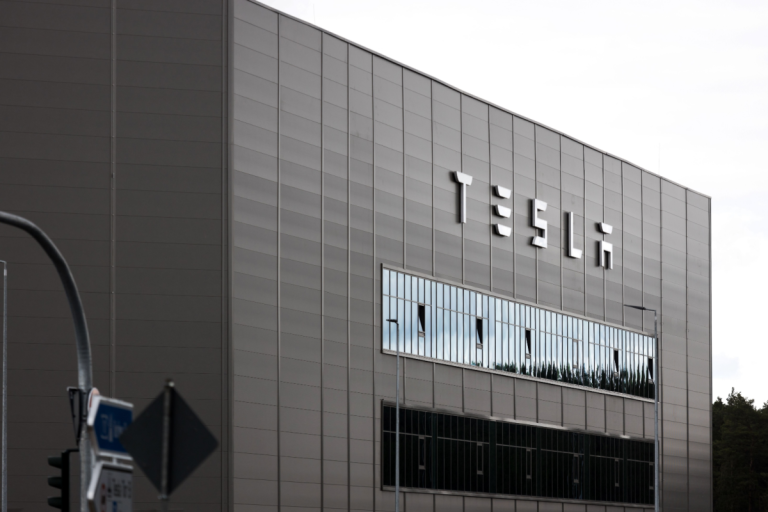New Versions Priced Higher Than Expected
AUSTIN, Texas — Tesla has introduced new “affordable” Standard versions of its Model Y SUV and Model 3 sedan, priced at $39,990 and $36,990 respectively. However, the announcement has drawn skepticism from investors and analysts who argue the vehicles remain too expensive to attract new buyers to the brand. Tesla’s stock fell 4% following the launch, while Wedbush analyst Dan Ives described the price cuts as “underwhelming,” noting the models are only about $5,000 cheaper than existing trims.
The unveiling is a crucial moment for Tesla, which faces slowing sales, declining market share, and rising competition from automakers in China and Europe. The loss of the $7,500 federal EV tax credit at the end of September further complicates the company’s efforts to maintain momentum. The Standard trims replace Tesla’s canceled plans for a new $25,000 mass-market electric vehicle, a move that has fueled investor concerns about product cannibalization and limited innovation.
Limited Features and Simplified Design
The new Standard models offer 321 miles of range but come with fewer features than Tesla’s Premium trims. The Model 3 and Model Y Standard versions omit several premium options, including Tesla’s Autosteer driver-assistance system, rear touchscreens, and LED lightbars. Interiors feature textile seating, with vegan leather available as an upgrade for the Model 3. Both vehicles also include manually adjusted side mirrors instead of automatic ones.
Tesla’s website indicates deliveries for the Standard trims will begin between December 2025 and January 2026. Despite their reduced feature sets, the cars’ prices are higher than the pre-credit cost of earlier base models. Late last year, CEO Elon Musk had promised to bring an electric vehicle below the $30,000 mark with incentives included — a goal that remains unfulfilled.
Market Response and Investor Concerns
“The move is essentially a pricing lever, not a product catalyst,” said Shay Boloor, chief market strategist at Futurum Equities. Analysts say the price points may not unlock new demand, particularly as Tesla’s vehicles have grown less competitive in cost compared to new EVs from BYD, Hyundai, and Volkswagen. In the U.S., the expiration of the tax credit has already reduced affordability, and analysts expect sales to slow through the end of 2025 unless Tesla cuts prices further.
During Tesla’s second-quarter earnings call, Musk acknowledged affordability as the brand’s biggest challenge. “The desire to buy the car is very high,” he said. “It’s just that people don’t have enough money in the bank account to buy it. So the more affordable we can make the car, the better.” Tesla’s weekend teasers on X (formerly Twitter) had sparked anticipation, featuring short clips hinting at the October 7 reveal.
Strategic Stakes for Musk’s Vision
The rollout of the Standard models ties into Musk’s long-term goal of delivering 20 million vehicles annually over the next decade — a key milestone linked to his proposed $1 trillion compensation plan. However, Tesla’s aging lineup and growing global competition have put pressure on its growth trajectory. The company has shifted focus toward artificial intelligence initiatives such as robotaxis and humanoid robots, signaling a strategic pivot beyond traditional vehicle manufacturing.
Earlier this year, Tesla launched a refreshed Model Y with new design elements, but analysts say the company’s innovation cycle is slowing. Musk’s political controversies in Europe have also eroded consumer sentiment, particularly among younger and left-leaning buyers. For Tesla to reclaim its leadership in the electric vehicle market, analysts argue that truly affordable models — not just “price-adjusted” versions — will be essential to sustaining its long-term growth ambitions.


